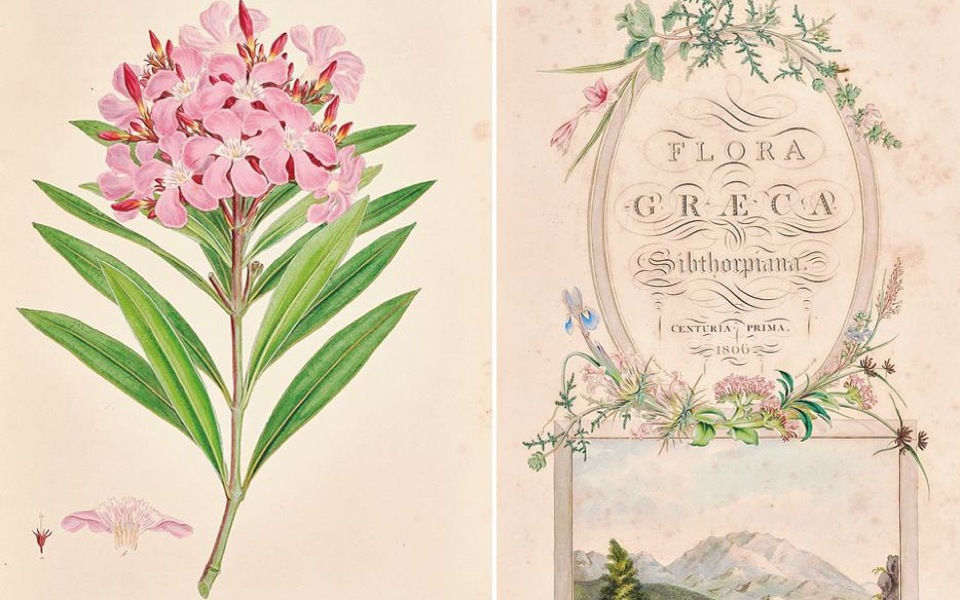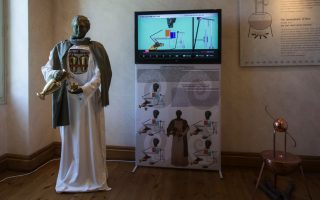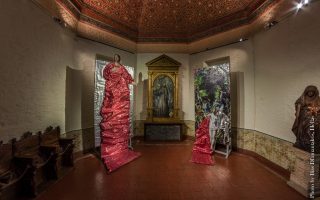The botanist who recorded Greek flora

John Sibthorp was only 24 when he was appointed Sherardian Professor of Botany at the University of Oxford at the end of the 18th century. An ambitious scientist who wished to leave his mark in the field of botany, Sibthorp decided to travel to Greece in order to study Europe's “last unexplored plants.”
With a copy of “De Materia Medica,” a encyclopedia and pharmacopoeia penned by ancient Greek doctor Pedanius Dioscorides, as his guide, Sibthorp recorded about 2,500 Greek medical plants, of which 700 had never before been classified.
Joining him on his Greek journey was Austrian artist Ferdinand Bauer, who produced illustrations of the plants comprising the 10-volume “Flora Graeca.” A copy of the publication is currently on display at the Gennadius Library (www.ascsa.edu.gr) at the American School of Classical Studies in Athens.
According to Gennadius Library director Maria Georgopoulou, Sibthorp collected plants in the morning, with Bauer taking over in the afternoon to illustrate the day's findings on paper. A series of original watercolors were created by the artist in Oxford in the space of two years after the two men returned from their mission, while a color code said to have been developed by Bauer no longer exists.
“The exhibition tries to show the importance of botanical painting as a document,” said Georgopoulou. The material which Sibthorp brought back to the University of Oxford included thousands of samples of plants, sketches, as well as notes on the flora which he was unable to complete given that he died of consumption during a second trip to Greece.
“Flora Graeca” was eventually published after his death. The publication process took 34 years to be completed, at a cost of 250,000 pounds sterling, a sum which ended up wiping out Sibthorp's estate. The price of each of the few copies published later on was 250 pounds sterling, an extravagant amount of money at the time, given that an average annual salary came to 39 pounds.
Besides illustrations of Mandragora officinarum, oleander and Aristolochia, among many other plants, Bauer illustrated the volumes' title pages with Greek landscapes, such as Mount Parnassos, while works by the artist depicting Greek fauna were eventually digitalized and are now available on the University of Oxford's Bodleian Library website.
The colorful “Flora Graeca” must have proved quite a publishing and scientific sensation at the time, even though Bauer's creative talents were not highlighted as much as they should have, notes Georgopoulou. Through his recordings of Greek plants, Sibthorp contributed to the international dissemination of Greek plants and the overall development of botany. The field blossomed throughout the 18th century, led by pioneers such as France's Joseph Pitton de Tournefort and Sweden's Carl Linnaeus, who developed a classification system for plants based on their species name and genus, a system still valid today, to a large extent. Meanwhile, Sibthorp's samples led to new cultivations in England, including that of the cyclamen, a flower which later on earned an international reputation. At the same time Greek flowers decorated imperial gardens. “Some researchers referred to these flowers as the Elgins of Greek flora,” noted Georgopoulou.
Ioannis Gennadius owned a “Flora Graeca” at the time he was serving as Greek ambassador to Britain. Following his bankruptcy in 1893, the diplomat was forced to sell the rare edition, along with other belongings. Years later, another “Flora Graeca” edition is on display at the library he founded in 1922, along with related books and objects, through June 30.





